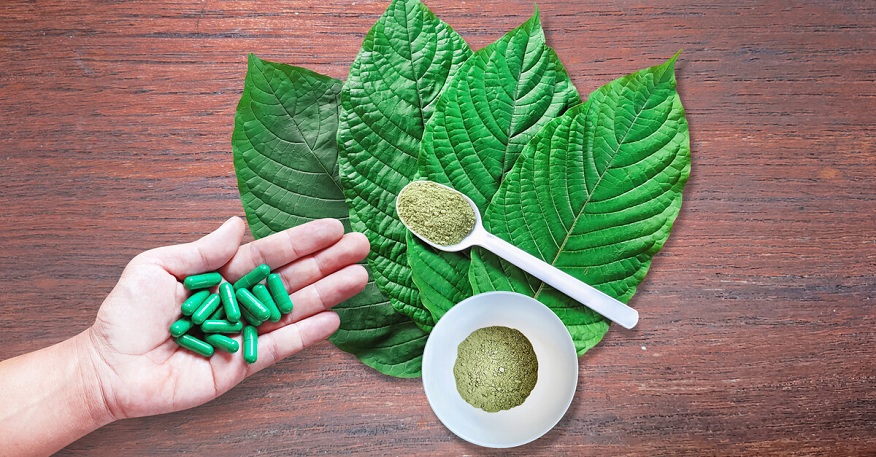The Rising Popularity of Kratom

Kratom has gained considerable interest in recent years as a natural pain treatment substitute. This plant material is made from the leaves of the Southeast Asian native Mitragyna speciosa tree. Indigenous cultures have been using its pain-relieving qualities for generations. Even if there are still disagreements over its safety and usefulness, more and more people are confirming that it works well to reduce different kinds of pain.
Flexibility in the Treatment of Pain
Kratom’s extraordinary adaptability as a pain reliever is one of its most noticeable benefits. Alkaloids found in kratom, such as mitragynine and 7-hydroxymitragynine, interact with brain opioid receptors to provide pain-relieving effects that are comparable to those of conventional opioids. Choosing best kratom for pain relief is essential. This adaptability also applies to the management of many types of pain, including both acute pain from surgeries or accidents and chronic conditions like back pain, fibromyalgia, and arthritis. Because it may target both neuropathic and nociceptive pain pathways, kratom is a powerful tool in the field of natural pain management.
Moderate Side Effects and Appropriate Use
Kratom’s very low adverse effects in comparison to traditional opioid drugs are another appealing feature. Common opioid medicines include a risk of addiction and can cause constipation and sleepiness. Kratom, on the other hand, often has less negative effects when taken sparingly. But it’s important to understand that abuse or overindulgence may have unfavorable effects including nausea, vomiting, and reliance. As with any natural medicine, using Kratom sensibly and in moderation is essential to reaping its advantages while avoiding any negative effects.
Different Method for Treating Chronic Pain
Furthermore, Kratom offers an option for those with chronic pain who want to avoid the risks associated with long-term opiate usage. Anecdotal evidence and some research suggest that Kratom may help lessen the need for opioids, providing a possible means of managing pain while lowering the danger of opioid addiction. However, more thorough investigation is needed to fully grasp its potential in this situation.
Conclusion
To sum up, Kratom is unquestionably a useful tool for pain management and has developed a devoted following among those looking for natural substitutes for prescription painkillers. It is a promising choice because of its versatility in treating many kinds of pain, as well as its lesser side effects when compared to opioids and possible involvement in preventing opioid reliance. Opting for best kratom for pain relief is the best idea here. To reduce possible hazards, it is crucial to use Kratom properly, consult medical specialists for advice, and approach it carefully. Further investigation into the safety and effectiveness of Kratom may eventually lead to the discovery of novel approaches to pain treatment.




